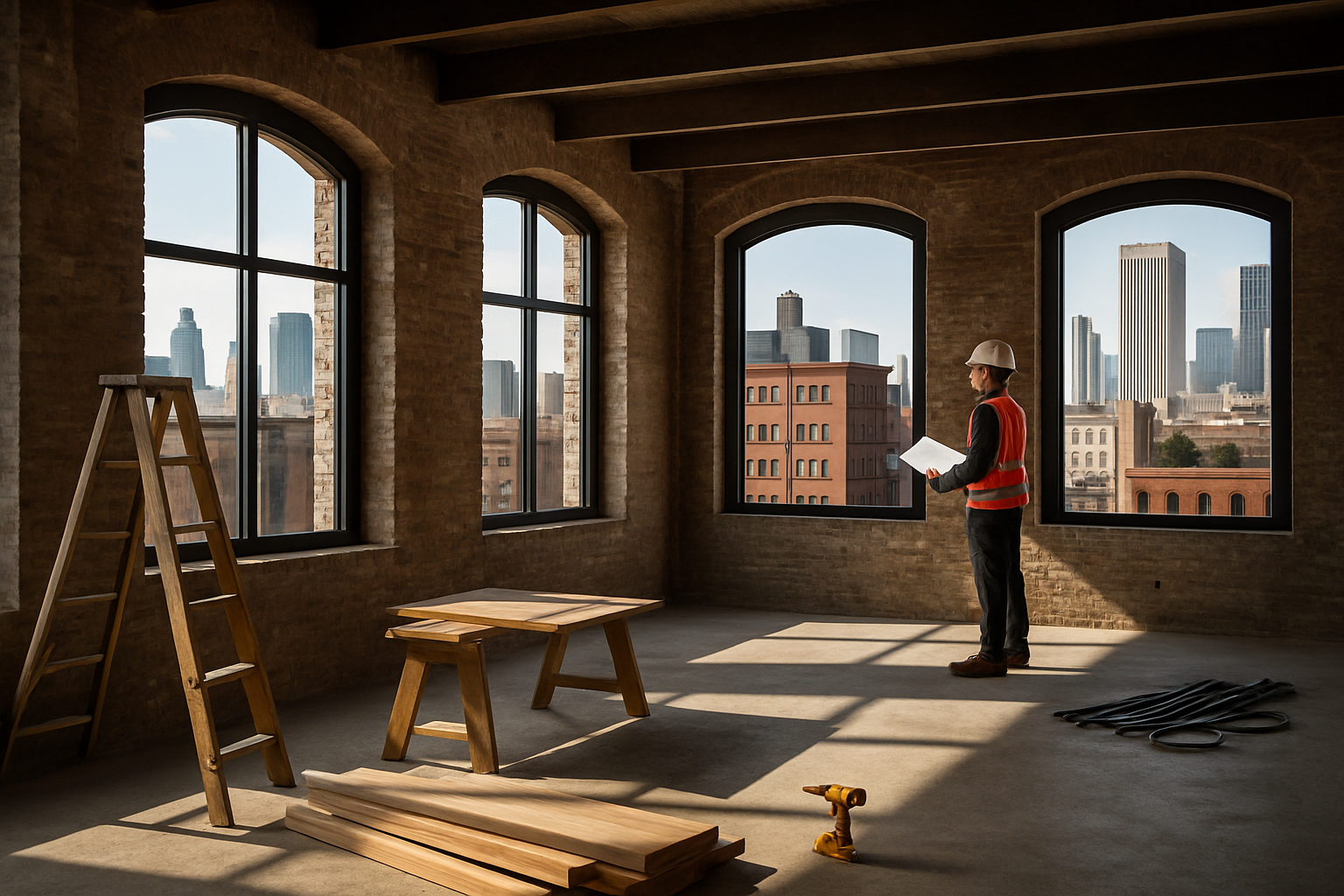Reimagining Industrial Spaces: The Adaptive Reuse Renaissance
In a landscape where urban revitalization meets real estate innovation, a captivating trend is reshaping cityscapes and investment portfolios alike. The adaptive reuse of industrial properties is emerging as a dynamic force in the real estate market, offering a blend of historical preservation and modern functionality that's capturing the imagination of developers, investors, and urban planners worldwide.

Economic Drivers Behind the Trend
The financial appeal of adaptive reuse projects is multifaceted. For one, these properties often come with lower acquisition costs compared to prime real estate in urban centers. Additionally, many cities offer tax incentives and zoning flexibility to encourage the redevelopment of underutilized industrial zones. This can significantly reduce the overall project costs and improve return on investment for developers willing to take on these unique challenges.
Architectural Challenges and Innovations
Transforming industrial spaces into comfortable living environments presents unique architectural challenges. High ceilings, expansive floor plans, and robust structural elements characteristic of industrial buildings require innovative design solutions. Architects are rising to the occasion, employing creative strategies to divide spaces, maximize natural light, and incorporate modern amenities while preserving the original character of these structures.
The Sustainability Angle
Adaptive reuse aligns seamlessly with the growing emphasis on sustainable development in real estate. By repurposing existing structures, developers can significantly reduce the environmental impact associated with new construction. This approach conserves resources, reduces waste, and often results in buildings with lower energy consumption due to the inherent thermal mass of industrial structures.
Market Reception and Demographic Appeal
The market response to industrial-to-residential conversions has been overwhelmingly positive, particularly among younger demographics. Millennials and Gen Z buyers are drawn to the unique character, open layouts, and often central locations of these properties. The industrial chic aesthetic resonates with those seeking alternatives to cookie-cutter apartment complexes, driving demand and potentially higher resale values for these distinctive homes.
Navigating Regulatory Hurdles
While the potential of adaptive reuse projects is immense, developers must navigate a complex regulatory landscape. Zoning changes, building code compliance, and environmental remediation can pose significant challenges. However, many local governments are becoming more supportive, recognizing the value these projects bring in terms of urban renewal and economic revitalization.
Investment Opportunities and Risks
For real estate investors, adaptive reuse projects offer a unique opportunity to diversify portfolios and capitalize on emerging urban trends. However, these investments come with their own set of risks, including unforeseen structural issues, longer development timelines, and the potential for market saturation in some areas. Careful due diligence and partnership with experienced adaptive reuse specialists are crucial for success in this niche.
The Future of Urban Living
As cities continue to evolve, the adaptive reuse of industrial spaces is poised to play a significant role in shaping urban landscapes. This trend not only addresses housing needs but also preserves architectural heritage and contributes to the character and identity of neighborhoods. The success of early projects is likely to inspire more ambitious conversions, potentially expanding to include other types of obsolete structures beyond the industrial realm.
Conclusion
The adaptive reuse of industrial spaces represents a compelling convergence of real estate innovation, urban planning, and cultural preservation. As this trend continues to gain momentum, it offers exciting opportunities for investors, developers, and urban dwellers alike. By breathing new life into the relics of our industrial past, we’re not just creating homes; we’re crafting living spaces that tell a story, connect generations, and contribute to the vibrant tapestry of urban life.





